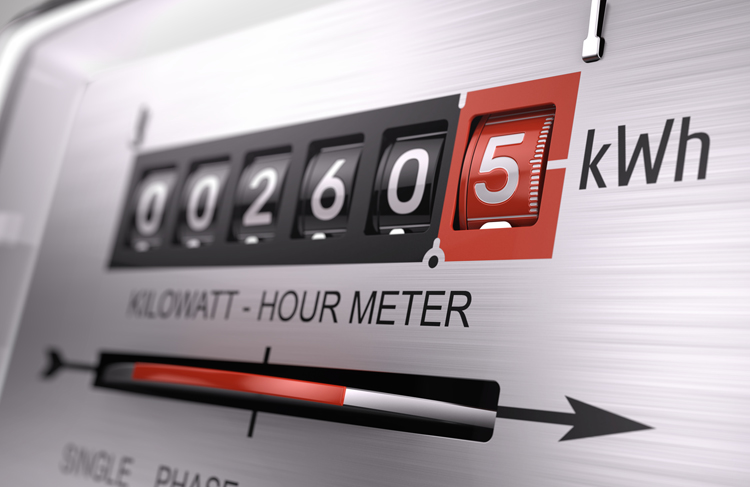
Grid-tied solar systems are the most complex type of residential solar panel array. They are technically sophisticated, and they cost more than other systems, but prices are dropping and they are gaining in popularity.
Right now they cost more than a stand grid-tied system. There are two main types of battery backup systems, DC-coupled and AC-coupled. DC-coupled systems are the industry standard right now but solar panels connected to inverters and then connected to AC-coupled battery systems are becoming more common. Some utilities only allow AC-coupled batteries because they make it easier to track solar production. You will have to check with your local solar installer to see what kind of system your utility requires.
These things are complex. Like really complex. You might need to talk to a professional about how to do it. But if you are brave then try it out. Given the complexity of these systems, it is best to hire a professional for the system design and installation. Only the installation of the array hardware is the same as that for the grid-tied and off-grid systems.
You can add a battery backup to an existing grid-tied system, depending on the system-type and design. If you install a standard grid-tied system now and later decide you would like a battery backup. you can easily add the components at a later time, provided you use an AC-coupled configuration. A DC-coupled system would likely require removing and rewiring the modules to accommodate the backup system's lower-voltage charge controller.
Grid-tied systems have the advantage and convenience of using the utility grid as a backup power source, so these PV systems do not have to provide all of the power to cover your household electricity usage. Off-grid systems are very different. Since there is no utility to cover you if the battery runs out, you must accurately size your solar panels system and battery backup for your household electrical usage. It's just easier to connect to the grid because if the battery runs out then you can use the grid.
To find out what panels are right for you, go to HahaSmart.com and try our price checker tool. You can see how much a system will cost, and how much you can save over the next 20 years.
For more information relating to going solar, don't forget to visit our solar blog section for more handy guides and articles.


Input your address to see if it is solar friendly and how much you can save with solar.
Great. Your address is perfect for solar. Solar incentive is still available. Select monthly utility cost and calculate the size of solar system you will need now.
| kw System size | years Payback period | Lifetime savings |
No money down, 100% finance is available.
Comments